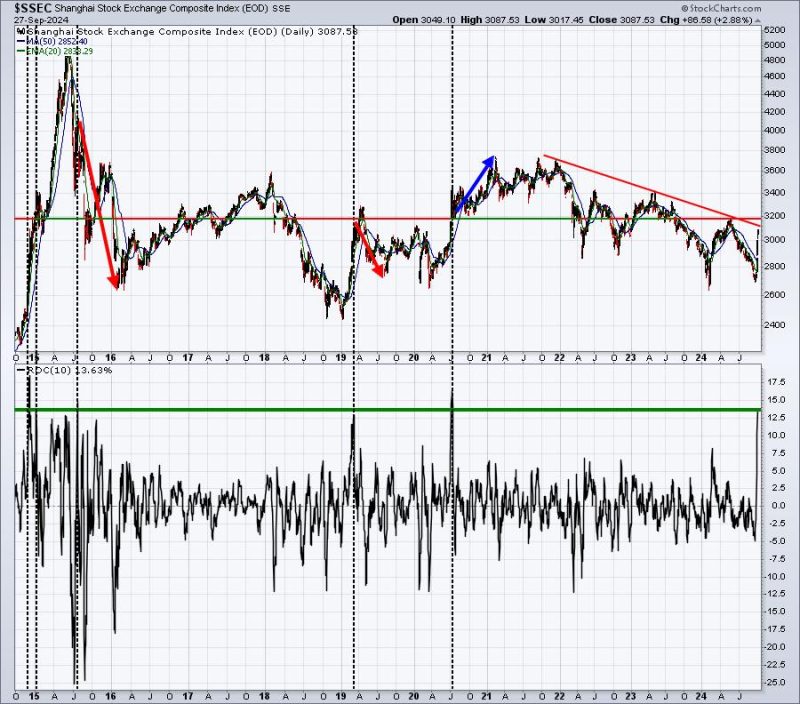In the latest economic news from China, market analysts are closely scrutinizing the sustainability of the country’s recent strength. The Chinese economy has shown signs of resilience in the past week, as various indicators and reports have pointed towards growth and stability. In this article, we will delve into some key drivers of China’s recent economic performance and discuss whether this strength can be sustained in the foreseeable future.
One of the primary factors contributing to China’s recent economic strength is the country’s robust industrial output. Manufacturing activities in China have shown a significant rebound, with production levels reaching pre-pandemic levels. This surge in industrial output can be attributed to the country’s successful containment of the COVID-19 virus, which has allowed factories and businesses to operate at full capacity.
Moreover, China’s strong export performance has been a key driver of its economic growth. Despite global uncertainties and trade tensions, Chinese exports have remained resilient, buoyed by strong demand for electronics, medical supplies, and other products. The country’s export numbers have exceeded expectations, providing a further boost to the economy.
Another crucial factor supporting China’s economic strength is the government’s proactive fiscal and monetary policies. Chinese authorities have implemented various stimulus measures to support businesses, boost consumer spending, and stimulate investment. These policies have helped cushion the economy from the impact of the pandemic and have played a crucial role in driving growth.
Furthermore, China’s real estate sector has also contributed to the country’s economic resilience. Despite concerns about a property bubble, the real estate market in China has shown signs of stability, with property prices holding steady in key cities. The construction sector has continued to expand, supporting employment and consumption, which are vital components of economic growth.
However, while China’s recent economic strength is impressive, there are challenges and risks that could potentially hinder its sustainability. One of the main concerns is the global economic outlook, which remains uncertain due to the ongoing pandemic, geopolitical tensions, and trade disputes. A slowdown in global demand could impact China’s exports and manufacturing sector, posing a threat to economic growth.
Additionally, China’s high debt levels and financial risks could pose challenges to the economy in the long term. The country’s rapid credit growth and exposure to shadow banking activities have raised concerns about financial stability and the potential for a debt crisis. Addressing these risks will be crucial for maintaining sustained economic growth in China.
In conclusion, China’s recent economic strength has been driven by a combination of factors, including robust industrial output, strong export performance, supportive government policies, and a stable real estate sector. While the outlook for the Chinese economy appears positive in the short term, challenges such as global uncertainties and financial risks could pose threats to sustainability. Moving forward, it will be essential for China to address these challenges effectively to ensure continued growth and stability.
